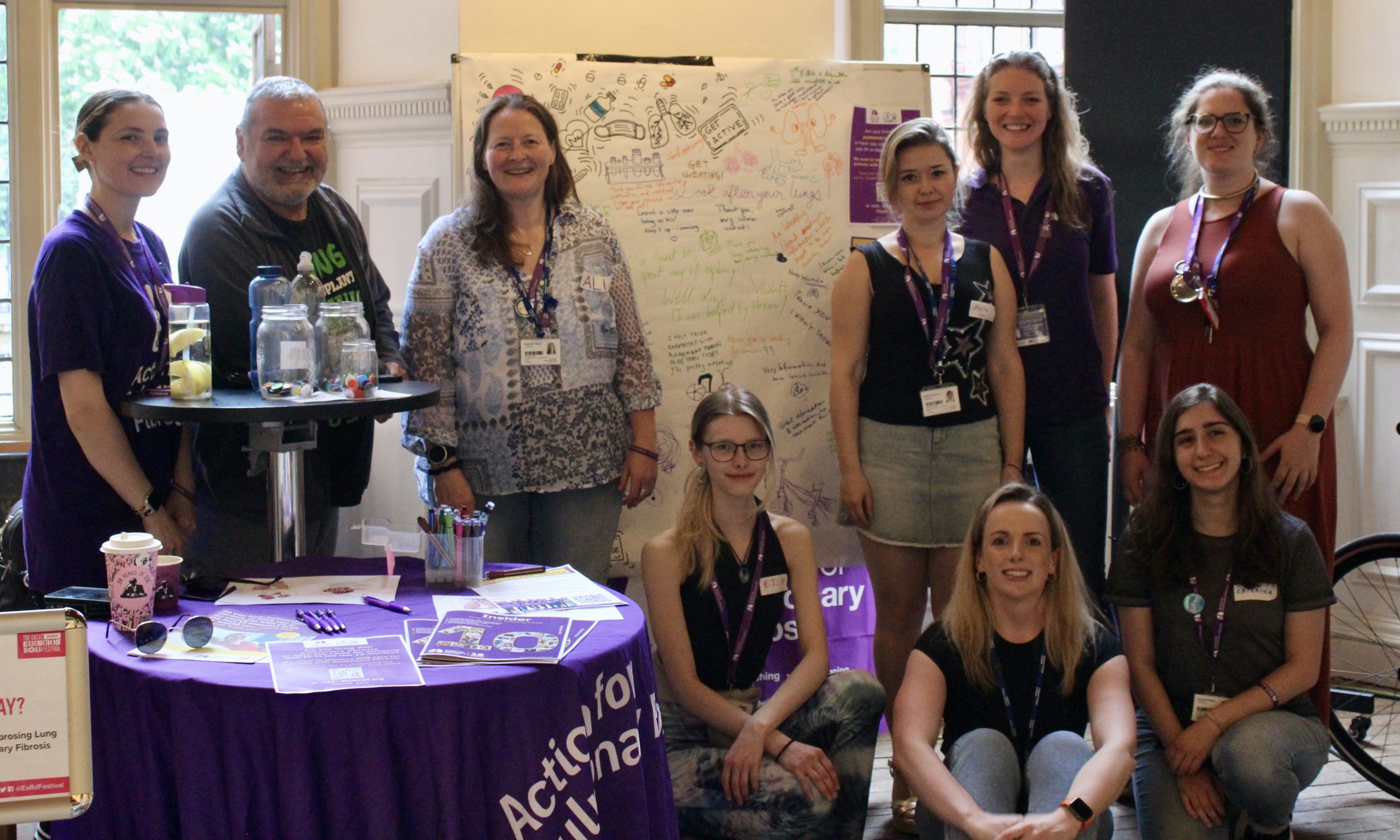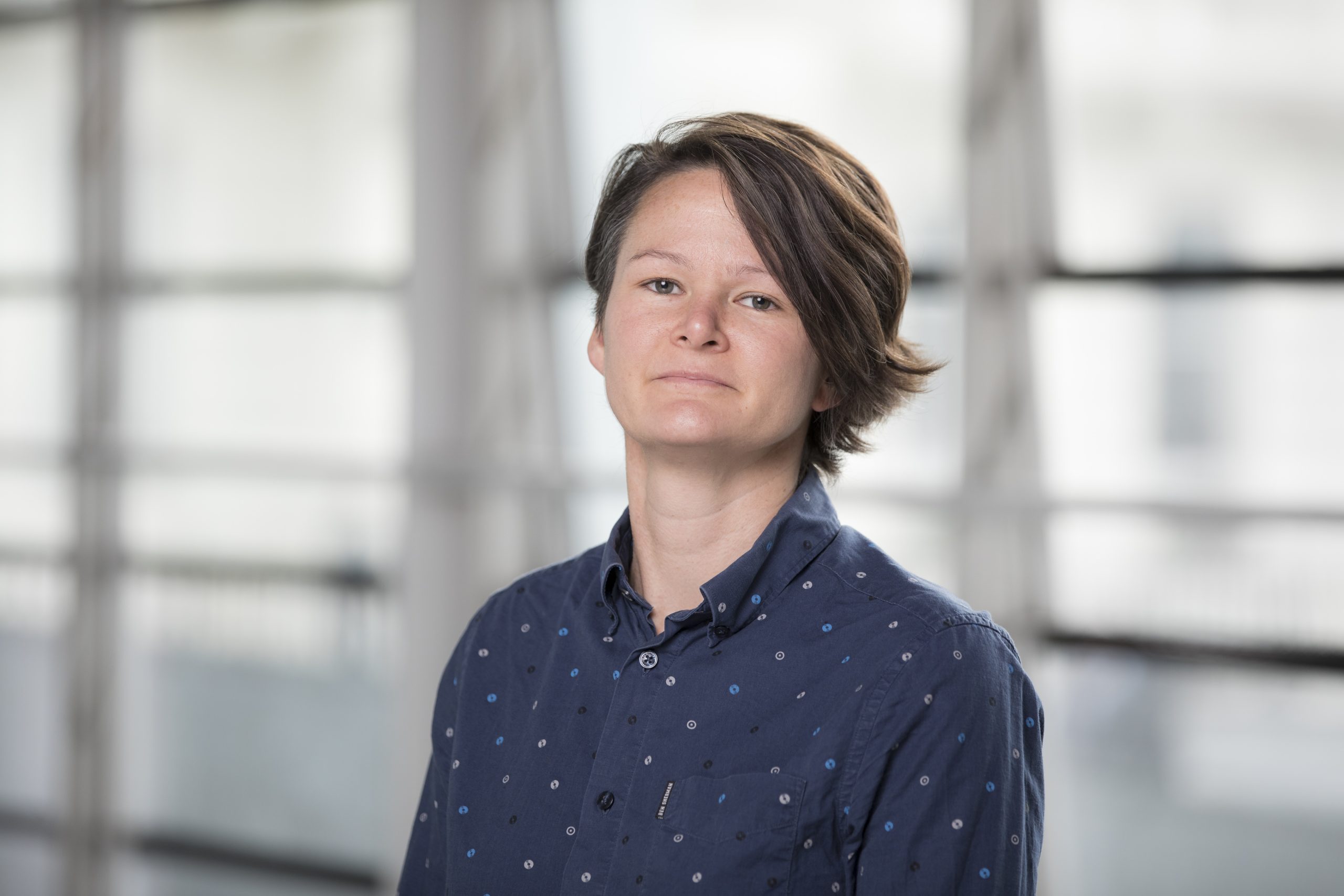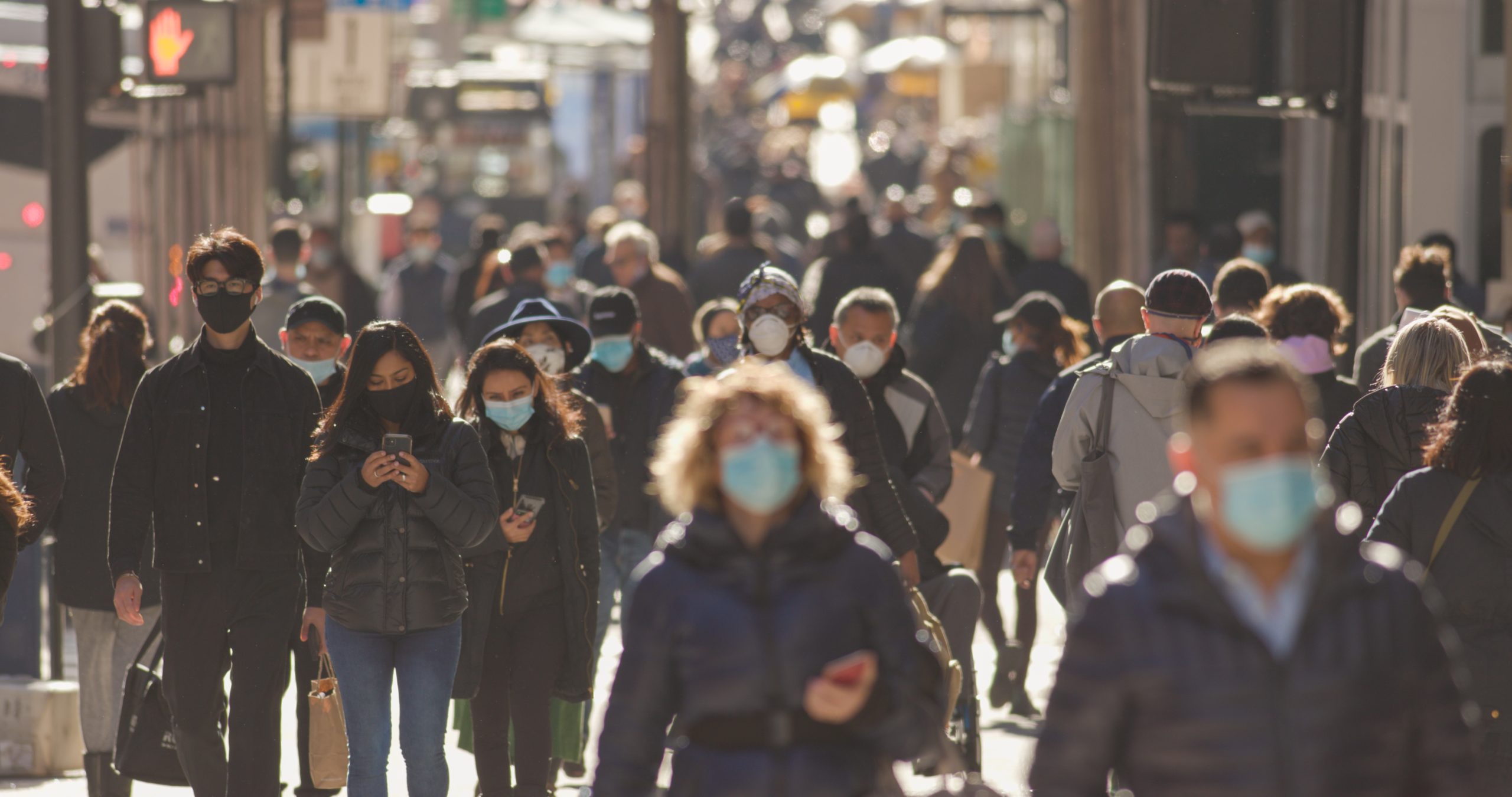
Syncope–a transient loss of consciousness–occurs in 42% of people by the age of 70. Professor Richard Sutton, Emeritus Professor of Clinical Cardiology, discusses this common medical problem, and how he has pioneered a “true but still insufficiently small interest” in it.
I have been Emeritus Professor of Clinical Cardiology at Imperial since 2011. Prior to that, I had trained in Cardiology at St George’s Hospital, the University of North Carolina, and the National Heart Hospital in London, becoming Consultant Cardiologist at Westminster Hospital in 1976. There I focused on cardiac pacing as a subspecialty. From a clinical perspective, cardiac pacing eradicated syncope (transient loss of consciousness) in patients with conduction tissue disease of the heart. So, I sought to extend the role of pacing into related syncope conditions.
My primary interest therefore became the symptom of syncope. I began this in the late 1970s, and formed a close relationship with Worthing Hospital which carried a heavy load of older patients, many of whom presented syncope. I founded an outreach clinic at Worthing which led to the receipt of many challenging patients with syncope in whom there was no obvious cause.








